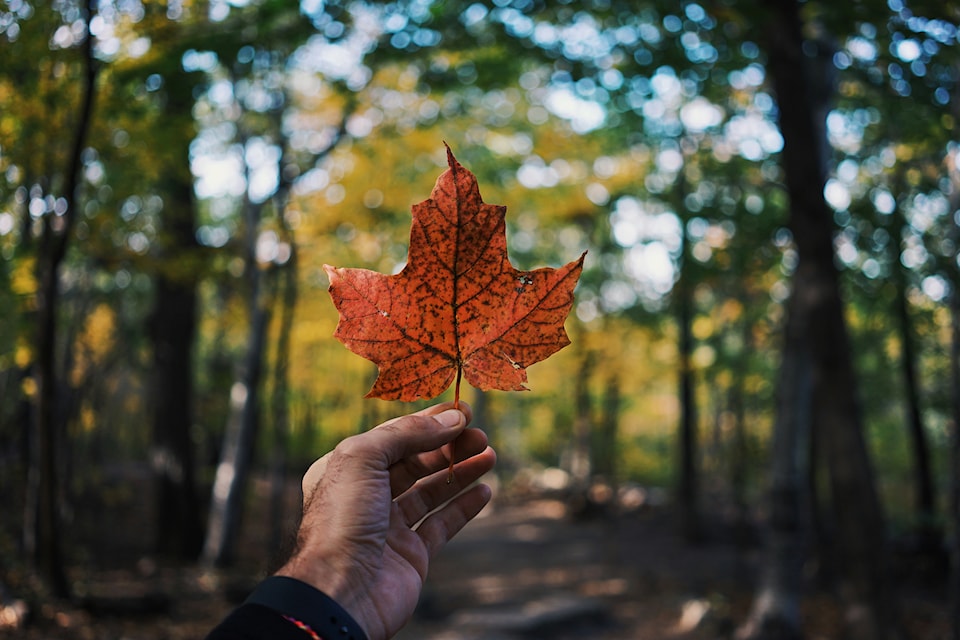On Monday, I watched an enthusiastic crowd respectfully acknowledge Semiahmoo First Nation Chief Harley Chappell as he delivered greetings to the crowd at Surrey’s Canada Day celebrations.
Orange shirts were prominent amidst the sea of red, and visitors embraced the chance to explore the Indigenous Village area on-site.
Everywhere, I saw signs that Canadians of all backgrounds are ready and eager to acknowledge our First Nations and to embrace the spirit of truth and reconciliation.
Which makes the debate that’s been raging since last week all the more timely.
Chappell was among the leaders of three First Nations — the Katzie, Kwantlen and Semiahmoo — who announced their intention to ask the federal government for the return of 300 acres of land in the territory known as k’ʷeq’ənəq.
Opposition to the potential loss of the Campbell Heights property, which happens to include some of B.C.’s most productive agricultural land, has been swift and vehement.
I’ll admit that when the debate arose last week, my first thought was: No, we can’t let that land disappear, we have to save our farmland.
Should preserving agricultural land matter? Of course it should.
But it’s a bit rich for me to point fingers at First Nations for claiming back agricultural land as I’m driving in my car along highways built on agricultural land, to shops and neighbourhoods developed on agricultural land, while using a variety of products manufactured in industrial areas where agricultural land used to be.
Individuals, businesses, developers and governments at all levels have long been paving over and building on land that could have been used for farming.
To accept a generations-long history of that having been true but to now grow passionate about saving farmland from the hands of its original owners smacks of hypocrisy at best — and unspoken racism at worst.
We don’t yet know what the Katzie, Kwantlen and Semiahmoo Nations will do with the land, if and when the federal government agrees to return it.
Here’s the thing: We don’t get a say.
We don’t get to believe in reconciliation and impose conditions upon it.
We don’t get to acknowledge that this land we live on belongs to the Indigenous people it was stolen from and then say we don’t want Crown land to be on the table.
We don’t get to act like we’re somehow being magnanimous by giving back stolen property and then having the temerity to tell its rightful owners how to use it.
It’s easy to recite the words of a land acknowledgement recognizing that this area we call Surrey and White Rock is on the unceded traditional territory of the Coast Salish peoples. It’s even easy to think we believe it.
But that’s the thing about reconciliation — it’s easy to believe in, in a hypothetical way.
It’s when it comes to the actual, uncomfortable changes it would require us to make that it becomes less straightforward.
If our commitment to reconciliation is ever to be more than lip service, we need to let go of the land that was never ours to begin with and let the three First Nations take it from there.
Whatever discomfort or sadness or frustration we may feel about their choices doesn’t change a thing.
Because the alternative to reconciliation — honest, uncomfortable, painful reconciliation — is to continue on the path of colonization.
And that’s no answer at all.
Julie MacLellan is the Surrey/White Rock bureau chief for Black Press Media.
